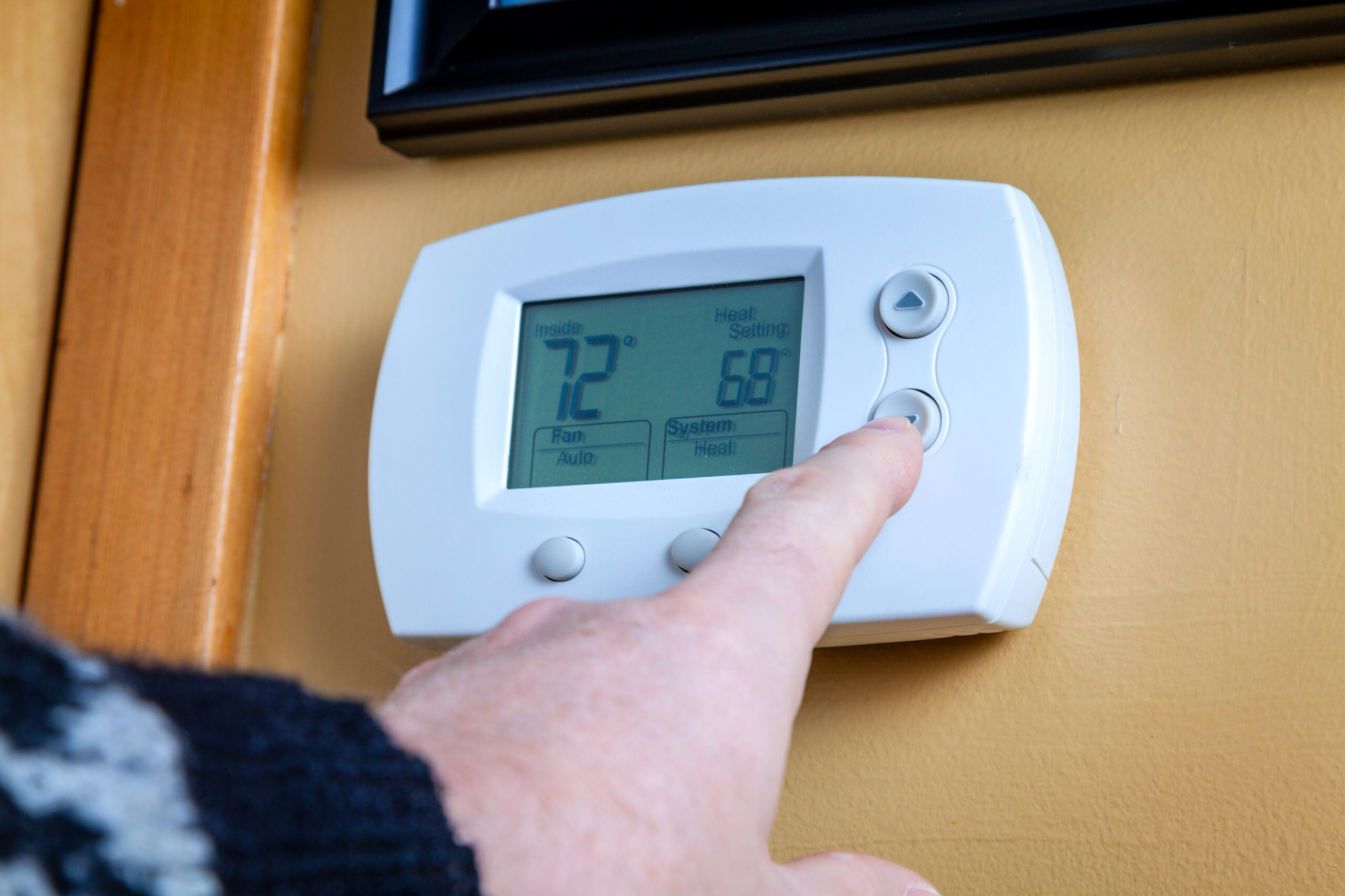
Sustainability
What is the WELL Health-Safety Rating and Why Does it Matter?
April 1, 2025
Occupant health and well-being are paramount in office buildings to enhance the overall experience for employees and visitors alike. As businesses increasingly seek ways to ensure safety and promote wellness for their employees, it is essential to understand third-party verification systems like the WELL Health-Safety Rating, and how your landlord creates spaces that support occupant health.
Empire State Realty Trust (ESRT) recently announced that it achieved renewal of the WELL Health-Safety Rating across 100% of its portfolio for the fourth time and received the 2024 WELL Health Safety Leadership award – a second consecutive win – for their commitment to safe and healthy workspaces for tenants.

What is the WELL Health-Safety Rating?
The WELL Health-Safety Rating is a performance-based system designed to assess and enhance the health and safety operations of new and existing buildings and spaces. Developed by the International WELL Building Institute (IWBI), this rating aims to provide a framework that prioritizes the well-being of occupants and focuses on buildings’ operational excellence and long-term resilience.
Key features of the WELL Health-Safety Rating include a comprehensive set of criteria that focuses on operational policies, maintenance protocols, and emergency plans. Areas such as air quality, water quality, and the management of cleaning processes are meticulously evaluated to ensure that spaces are not only safe but also conducive to overall health.
For landlords in New York City and beyond, achievement of the WELL Health-Safety Rating can significantly enhance their appeal to potential tenants. It demonstrates a commitment to occupant health and safety, which is increasingly important in today’s workplace environment.
Additionally, this rating can serve as a competitive advantage to attract and retain talent and clients who value health-conscious practices. The WELL Health-Safety Rating stands out as a vital resource for safe and supportive environments.

ESRT and the WELL Health-Safety Rating
With industry-leading indoor environmental quality measures, ESRT has been consistently recognized for their commitment to occupant wellbeing. These measures not only enhance the safety of spaces but also promote employee productivity, satisfaction, attraction, and retention.
In addition to its renewal of the WELL Health-Safety Rating, ESRT has been honored with the IWBI WELL Health Safety Leadership award for the second consecutive year. This prestigious accolade recognizes organizations that have demonstrated exceptional leadership in health and safety practices within their buildings. ESRT continues to be an industry leader and sets a benchmark for health and safety standards in the real estate sector.
In 2024, ESRT focused on its forward-looking, science-based, and ROI-based goals, practices, and measurements for sustainability and indoor environmental quality performance. The company received Five Stars, an A rating, and the highest GRESB score of all Americas’ Listed Companies for the second consecutive year and was awarded the ENERGY STAR Sustained Excellence Award for the second consecutive year. ESRT is the first portfolio in the Americas to be WELL Certified by IWBI and to maintain that rating since 2020.

How do tenants benefit from the WELL Health-Safety Rating?
As a tenant, you may wonder how your landlord’s consistent achievement of the WELL Health-Safety Rating may benefit you. Here are some ways in which this certification can positively impact your experience:
- Improved Air Quality: One of the key requirements for a WELL Health Safety Rating is clean and healthy air inside buildings. ESRT’s IEQ measures – which include bipolar ionization and MERV 13 filters – neutralize viruses and remove harmful particles to reduce the risk of respiratory illnesses.
- Increased Employee Productivity and Satisfaction: When employees feel safe and comfortable in their work environment, they are more likely to be engaged and perform at higher levels. This boost in morale often translates into increased collaboration and creativity to foster a thriving workplace culture.
- Enhanced Sanitation Measures: The certification also includes guidelines for enhanced sanitation measures, such as frequent cleaning and disinfection protocols. This can help prevent the spread of diseases and create a healthier environment for tenants.
- Increased Building Resilience: The WELL Health Safety rating encourages buildings to have increased resilience against potential health threats. This can include measures such as emergency preparedness plans, backup power sources, and access to clean water.
- Ongoing Monitoring and Reporting: To maintain the WELL Health Safety rating, buildings must undergo ongoing monitoring and reporting of their compliance with the standards. This includes regular air and water quality testing, as well as employee health surveys, and can be used by tenants in their own reporting.
- Continuous Improvements: In addition to ongoing monitoring, the WELL Health-Safety Rating requires buildings to continuously improve their practices and policies related to health and safety. This ensures that buildings consistently strive to provide the best possible environment for occupants.
Learn more about the WELL Health-Safety Rating online.
Learn more about ESRT's WELL Health-Safety accomplishment here!
News
Flight to Quality
Fully modernized, energy efficient buildings that focus on providing our tenants with top tier amenities and a healthy environment at a lower price than the competition







